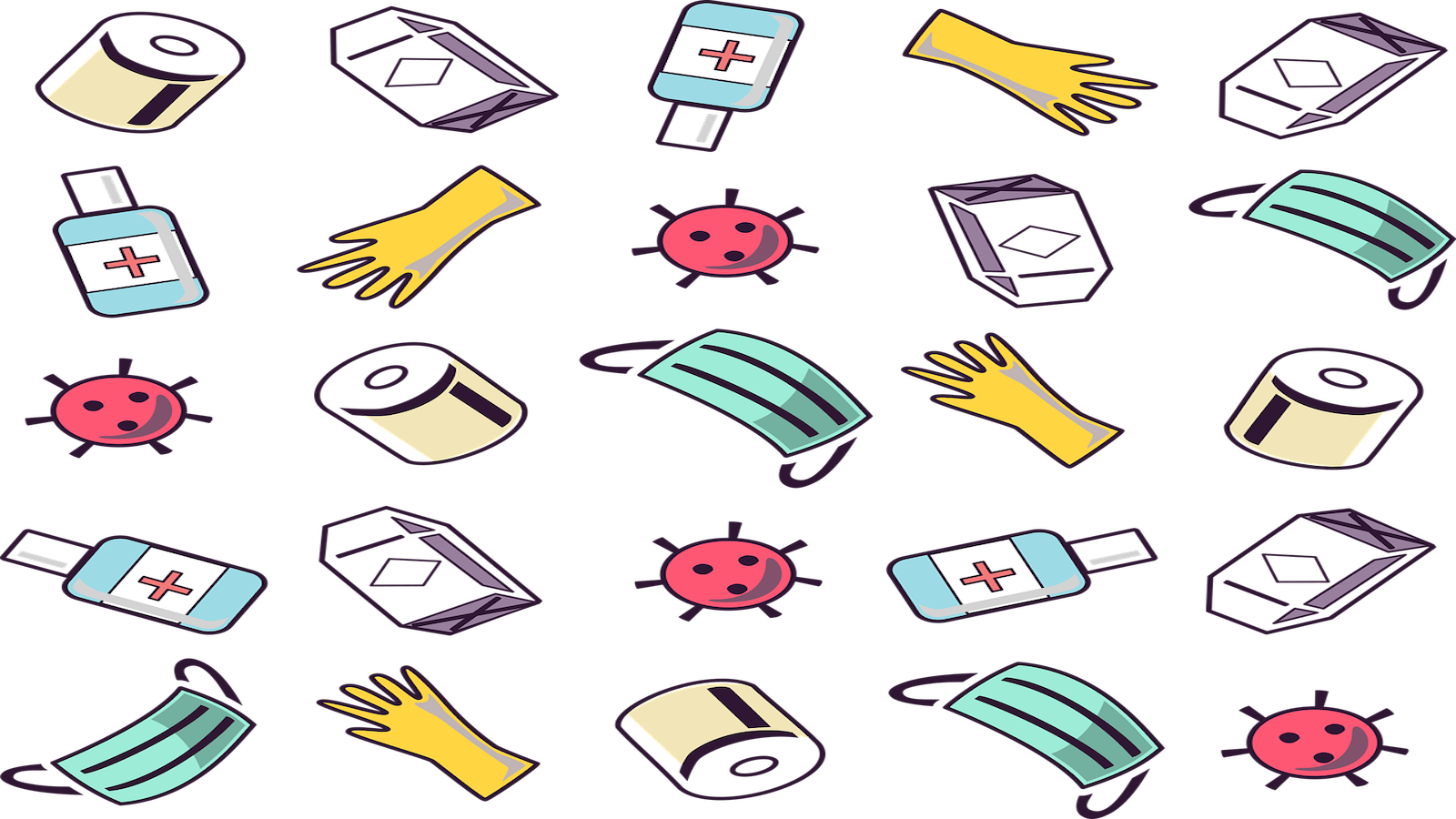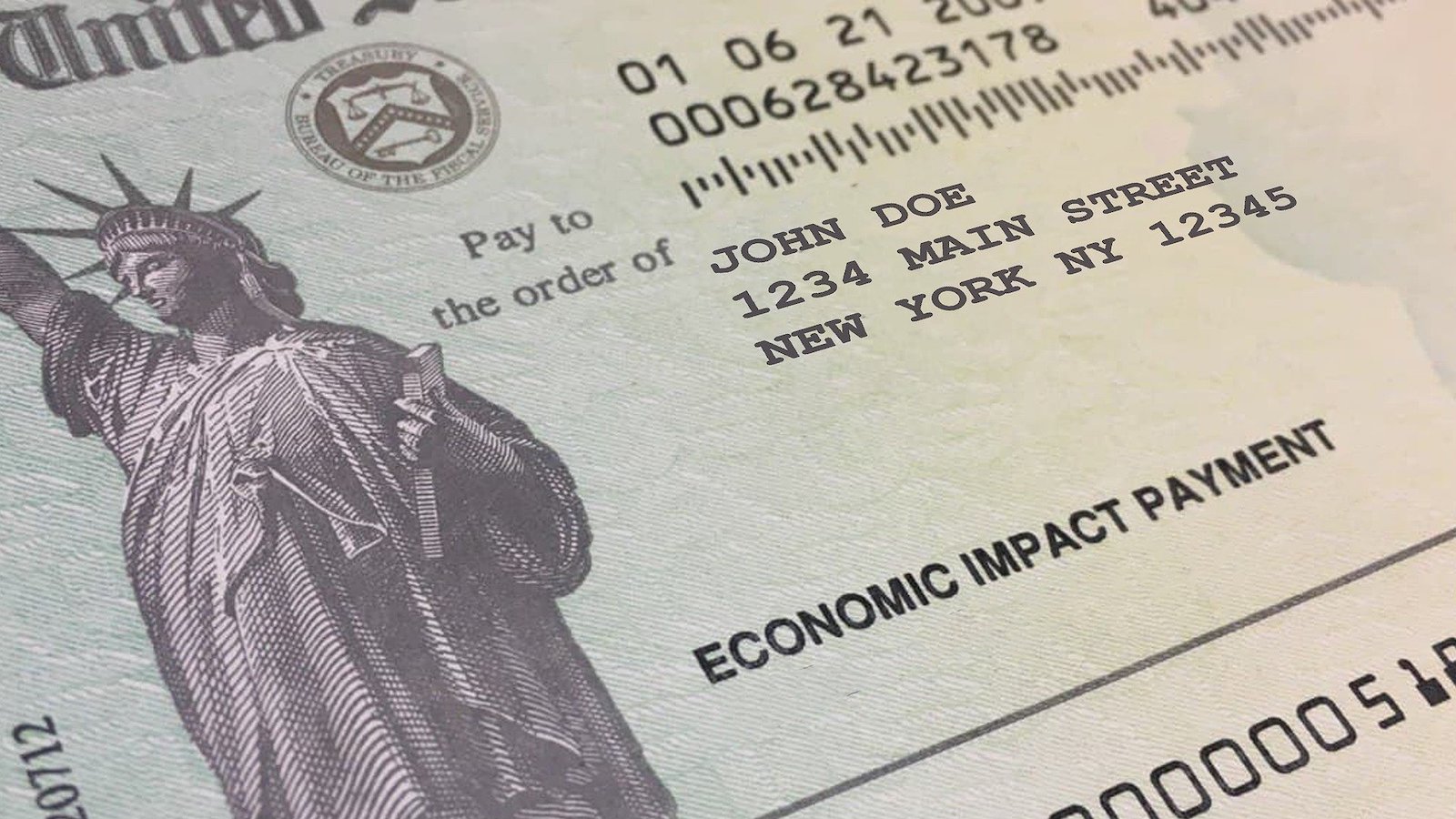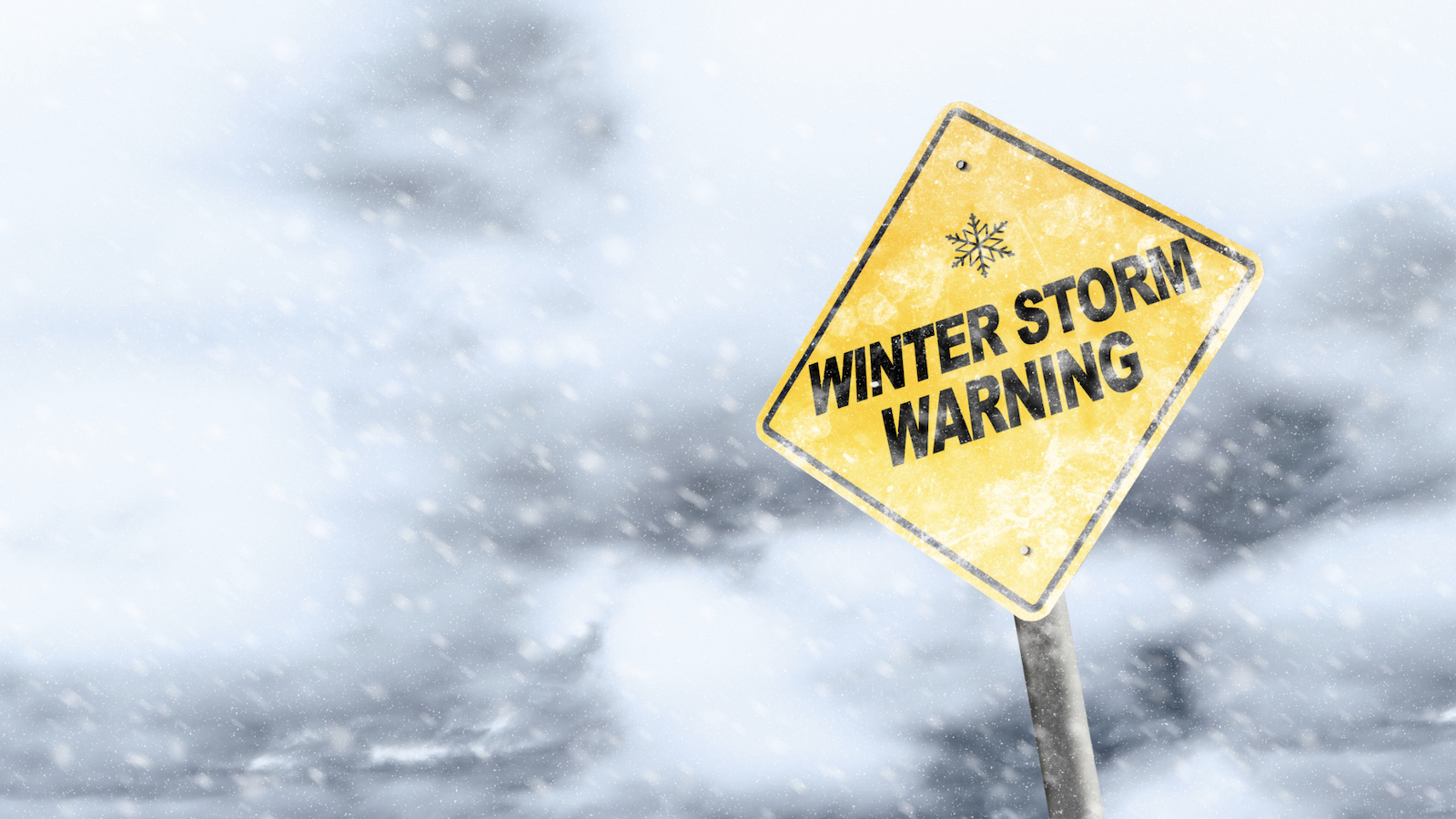Paying bills, making homemade masks, and adjusting to new traditions during COVID-19
A weekly roundup of COVID-related consumer stories from our network

,
As the novel coronavirus (COVID-19) pandemic continues to wreak havoc on our health and finances, U.S. PIRG Education Fund is putting out resources and tip guides to help Americans weather the storm. To help illustrate these issues, each week, we’ll be posting a round-up of short stories from across our network from staff experiencing various COVID-related issues, and what they did about them.
The worst possible option for paying your bills
By Claudia Deeg, CALPIRG associate
Currently, I spend 56 percent of my income on rent, despite most financial advisers’ recommendation that you shouldn’t spend more than 30 percent. According to the California Budget & Policy Center, that puts me in the “severely cost-burdened” category.
However, I’m extremely lucky to have kept my job so far since the start of the novel coronavirus (COVID-19) pandemic. When rent was due on April 1st, I could pay it. Sadly, many others can’t say the same.
Rent is often just one of many bills due on the first of the month. The stress of losing hours or suddenly being unemployed is forcing many people to seek immediate sources of cash, and unfortunately, this nightmarish outbreak is a dream for many scammers and predatory lenders looking to make a buck.
Whatever you do, do not take out a payday loan.
Payday loans are quick, easy to get, and are repaid on your next pay day (hence the name). You don’t even need a credit check, and can walk out with the loan in a just a few minutes. What they won’t tell you is that your loan is typically saddled with an annual interest rate of 400 percent — or more.
What seems like an easy solution to financial stress can leave you owing far more than you originally borrowed, and often it’s the start of a vicious cycle that’s hard to break.
So given that you shouldn’t take out a payday loan, yet you’re still faced with rent, utility bills and more — what should you do?
Thankfully, there are alternatives to these predatory loans. The best option may be to approach your bank or loan servicer directly, as many have special offers for consumers affected by COVID-19, such as deferred payments or waived overdraft fees.
There are many resources with tips on how to negotiate with your bank and what to do if you can’t pay rent. These days are scary for most of us — myself included — and we need to support each other now more than ever.
Do you have other tips on how to address bill payment challenges? If so, please comment below or email me at [email protected].
Masks4All – I followed the CDC’s advice to make my own mask
By Rishi Shah, Maryland PIRG associate
Recently, the Centers for Disease Control and Prevention (CDC) released instructions for how to make your own facemasks to protect yourself and others during the coronavirus crisis. With the extremely high prices of many COVID-19-related products due to price gouging in online marketplaces, purchasing a mask may not be an affordable option for all households. (Side note: If you’re worried about price gouging, check out some of our tips on how to avoid it and report it.)
In addition, given the shortage of critical medical supplies, the CDC recommends that people use simple cloth face coverings to protect themselves instead of purchasing surgical masks or N-95 respirators.
Whenever you need to leave your home, and especially where it may be difficult to maintain the recommended distance of six feet from other people, such as a grocery store or a pharmacy, you should wear a cloth covering your face in order to slow the spread of the virus. Such a covering can help protect you from people who are out and about and don’t know that they have the virus, such as people who don’t show any symptoms of having COVID-19 even if they are infected.
You don’t need a sewing machine or any fancy art skills to make your own mask. I managed it with just an old t-shirt and a pair of scissors.
Of course, not everybody can look quite as good as I do wearing a DIY facemask, but this is an easy and important precaution that you should take any time you go outside in order to protect your health. The CDC’s says face coverings should:
-
Fit snugly but comfortably against the side of the face.
-
Be secured with ties or ear loops.
-
Include multiple layers of fabric.
-
Allow for breathing without restriction.
-
Be able to be laundered and machine dried without damage or change to shape.
You can read the CDC’s full recommendations and instructions here.
Making and wearing a facemask is just one simple thing you can do to keep yourself safe. You should also check out some other do’s and don’ts from Maryland PIRG Foundation and U.S. PIRG Education Fund to keep yourself protected from COVID-19. Finally, you should read our full list of our consumer tips during the COVID-19 crisis.
Adjusting to new traditions during coronavirus
By Lauren Banister, TexPIRG transportation associate
Across the world, people are cancelling trips and wondering how they can get refunds on flights and hotel rooms as a result of the novel coronavirus (COVID-19). Especially if, like me, you bought the cheapest non-refundable flight available to get you from point A to point B.
Handling the stress of trying to refund a flight is the cherry on top of the sadness of a cancelled trip. The first trip I had to cancel, which was a work trip to Washington, D.C., was made easier by the creativity of my coworker in organizing a virtual lobby day.
But my second cancelled trip, going home for Passover, was harder to cope with. Being relatively easy to cancel, I can now turn my attention to trying to find the silver lining in this pandemic. Every year, I go back to be with my family on the east coast to retell the story of the Jewish people escaping from slavery in Egypt. Normally, we would all be cramped around a table meant for half as many people as were there, making assembly lines to pass out matzah and charoset. I would hug aunts, uncles and cousins who I hadn’t seen since last year’s seder. The room would be filled with laughter, song and prayer late into the night.
This year, I’ll be in Austin, Texas — with the rest of my family scattered throughout the country. But in times of uncertainty, it is more important than ever to fall back to tradition, rituals and reflection. Celebrating freedom may be hard when most of us feel trapped in our homes, but the story of Passover is one of hope for those living in the hardest of circumstances. Hope is what has always been done and what we will continue to do this year among this pandemic. I find hope in the ways people are adapting to virtual seders and making creative seder plates. I find excitement from starting new traditions as my family uses a different haggadah for the first time in my life so that we can all have it on our computer screen.
Today, I’m not flying home to be with my family and will instead log onto a Zoom call. And in a crisis that feels lonely and never ending, we can celebrate the resilience in hardship that we see in the Passover story — gratitude for the technology that enables us to be together and comfort in the ritual of a thousands-year-old tradition.
Topics
Authors
Grace Brombach
Find Out More

With $1,400 payments on the way, here’s what to do, and not do

Texas power outages and winter storms in the midst of a pandemic

PFAS Free & I’m Lovin’ It
